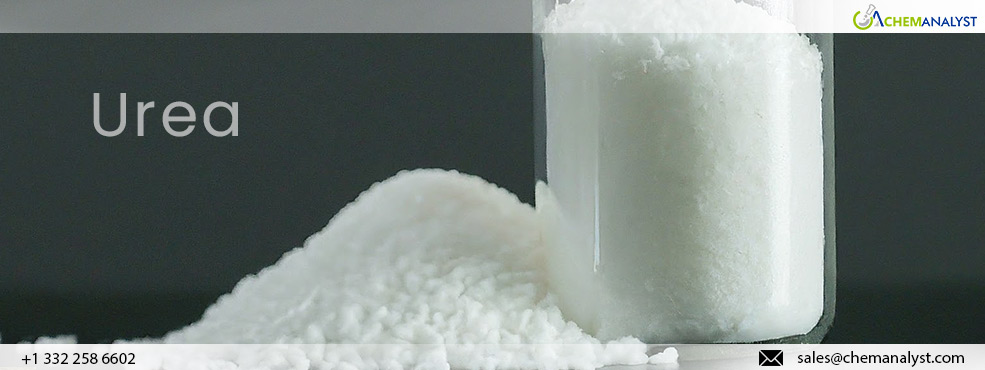Urea Prices Surge in Europe, Fall in Asia Amid Global Supply and Demand Shifts
- 27-Aug-2024 3:51 PM
- Journalist: Patrick Knight
The price of Urea in the first half of August 2024 is affected by different dynamics in the global market. Prices increased significantly in the Western market, while they declined in the Asian market. The European market faces serious shortages due to reduced production, labor shortages worsened by the summer holidays, and a lack of raw materials. These issues were further intensified by trade instability and delays in exports, leading to higher import costs and disrupted supply chains. Despite these challenges, domestic demand for Urea in Europe remains inconsistent due to unfavorable weather conditions impacting agriculture and low demand for perishable crops. On the other hand, prices dropped in the Asian market, with China experiencing the most significant decline due to weak demand.
Urea prices in the European region increased significantly over time. This increase was closely linked to a sharp increase in the price of essential commodities, which led to higher production costs and an increase in the price of Urea. According to observations from various market players, the supply of upstream natural gas fell by 0.5% this week. The collapse was first caused by Ukraine's invasion of Russia's Kursk region, where the Sudzha gas station is located. The problems at this major transit point have already knocked on Europe's gas supply, exacerbating regional gas shortages. The lack of this important raw material has affected the production of Urea with a decrease in production levels and an increase in the price of Urea.
However, the demand for Urea in the domestic market is inconsistent. The EU domestic market has been affected by weather conditions, including heavy rain in the UK, France, Italy, Germany and the Netherlands. These weather conditions have adversely affected crop growth and hamper agricultural production throughout the region and its surrounding areas. The challenges posed by unpredictable weather patterns have created uncertainty in the agricultural sector, further affecting the demand for Urea.
On the other hand, the prices declined by a significant margin in the Chinese market. This price decline is primarily attributed to narrowed disparity between demand and supply. The production units within the country were operating at a healthy rate. In addition to this some new production units including Henan Junkalyanhua with production capacity of 800,000 T and Anhui Quansheng Chemical Industry with production capacity 520,000 were estimated to start their production units by the end of July or beginning of August leading to a significant surge in domestically produced Urea inventories. Simultaneously, Domestic demand for Urea remained tepid, influenced by limited market activity and adverse weather conditions, including tropical storms, which disrupted agricultural activities and curbed anticipated demand for the upcoming rice planting season.
According to ChemAnalyst, Urea prices will rise in the coming months due to raw material shortages and new demand from fertilizer industry.



